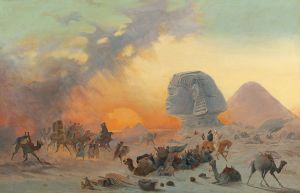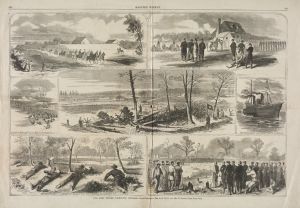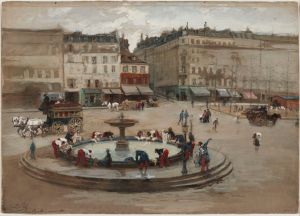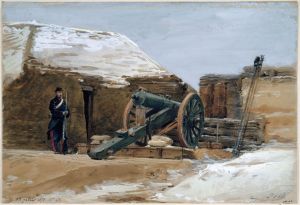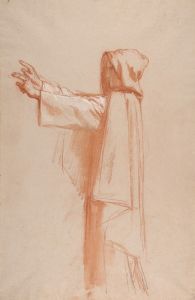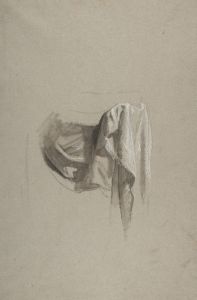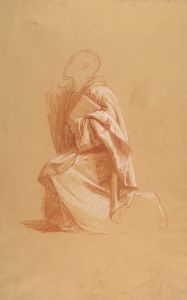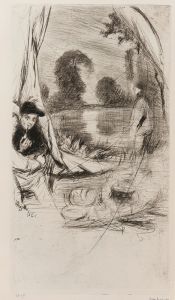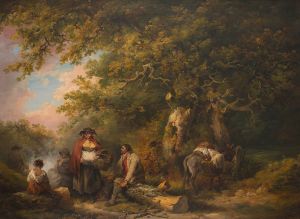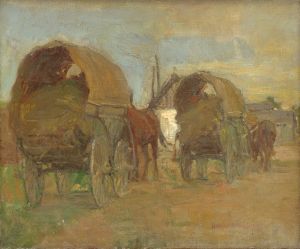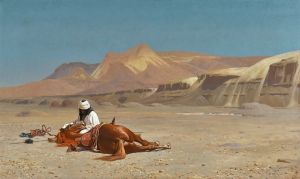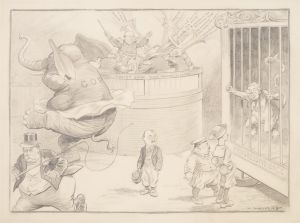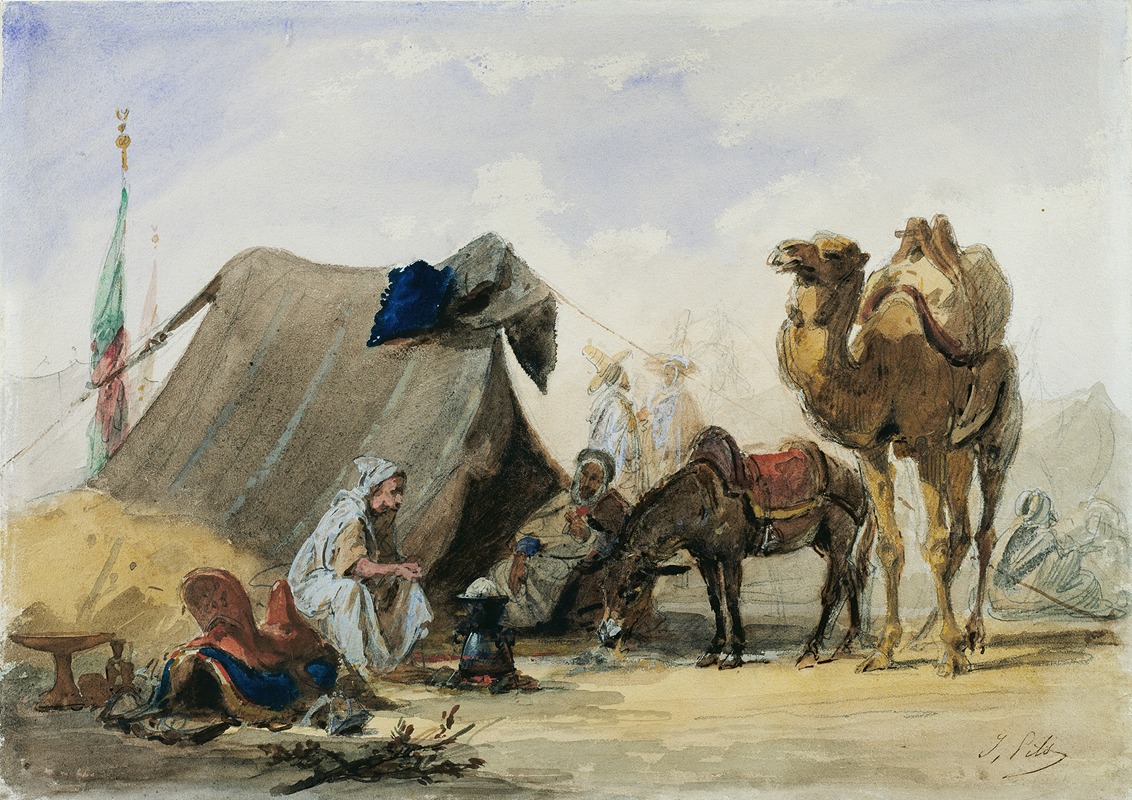
An Arab Encampment
A hand-painted replica of Isidore Pils’s masterpiece An Arab Encampment, meticulously crafted by professional artists to capture the true essence of the original. Each piece is created with museum-quality canvas and rare mineral pigments, carefully painted by experienced artists with delicate brushstrokes and rich, layered colors to perfectly recreate the texture of the original artwork. Unlike machine-printed reproductions, this hand-painted version brings the painting to life, infused with the artist’s emotions and skill in every stroke. Whether for personal collection or home decoration, it instantly elevates the artistic atmosphere of any space.
Isidore Pils was a notable French painter of the 19th century, recognized for his historical and genre scenes. One of his works, "An Arab Encampment," reflects his interest in Orientalism, a trend in Western art that depicted the Middle East and North Africa in a romanticized and often exotic manner. This painting is part of a broader movement during the 19th century when European artists were fascinated by the cultures and landscapes of the Orient, a term used at the time to describe the regions of the Middle East and North Africa.
"An Arab Encampment" captures a scene that is characteristic of Pils' Orientalist works, which often sought to portray the daily life and customs of people in these regions. The painting likely depicts a group of Arab individuals in a desert setting, engaged in activities typical of a nomadic lifestyle. Such scenes were popular among European audiences, who were intrigued by the perceived exoticism and mystery of the Orient.
Isidore Pils was born in Paris in 1813 and studied at the École des Beaux-Arts under François-Édouard Picot. He gained recognition early in his career, winning the prestigious Prix de Rome in 1838. This award allowed him to study in Rome, where he was exposed to classical art and developed his skills further. Pils' work is characterized by its attention to detail and his ability to convey emotion and narrative through his compositions.
Throughout his career, Pils traveled extensively, and his journeys influenced his artistic output. His travels to Algeria in the 1840s, for instance, provided him with firsthand experience of the landscapes and cultures that he would later depict in his Orientalist paintings. This direct exposure to the region allowed him to create works that, while still romanticized, were informed by his observations and experiences.
"An Arab Encampment" fits within this context of Pils' broader body of work. The painting would have been created with an eye for detail and a focus on capturing the essence of the scene, reflecting both the artist's technical skill and his interest in the subject matter. Pils' Orientalist works, including this painting, contributed to the 19th-century European fascination with the Orient, which was often depicted as a place of beauty, mystery, and cultural richness.
Isidore Pils' contributions to art were recognized during his lifetime, and he held several prestigious positions, including a professorship at the École des Beaux-Arts. His works were exhibited at the Paris Salon, where they were well received by critics and the public alike. Pils passed away in 1875, leaving behind a legacy of paintings that continue to be studied and appreciated for their artistic merit and historical significance.
While specific details about "An Arab Encampment" may be limited, the painting remains an example of Pils' engagement with Orientalist themes and his ability to capture the imagination of his contemporaries through his art.





